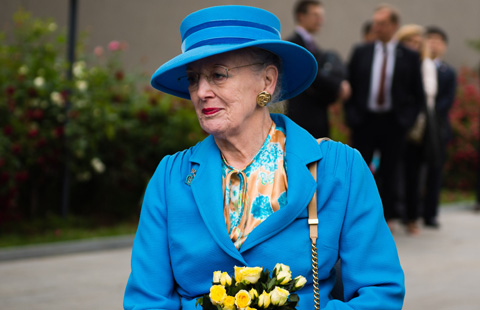American's lens captures May 4 history
Updated: 2014-05-07 11:08
By Cheng Lu/Hu Tao (China Daily)
|
|||||||||||
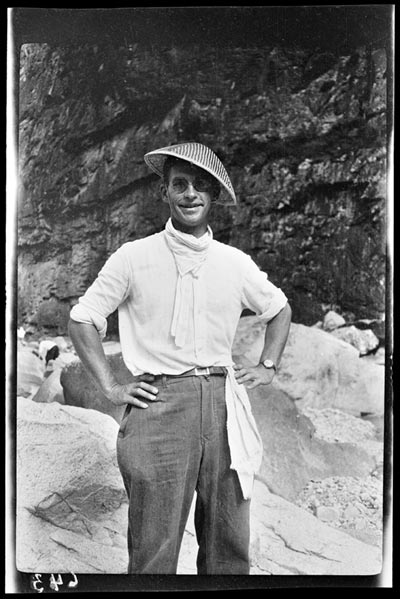 |
|
American photographer Sidney D. Gamble (1890-1968)captured valuable historical moments with his camera during his stay in China in the early 1900s. Photo provided to China Daily |
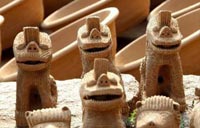 |
| In pictures: pottery making in China's Shandong |
| Homemade opera masks |
"In the early 1900s, photos were rarely seen in China, and few survive today," says Guo Junying, curator of the memorial. "Gamble captured valuable historical moments from the perspective of a sociologist and preserved those images well."
The May Fourth Movement started with mass student protests on May 4, 1919, against the government's response to the Treaty of Versailles that imposed unfair penalties on China and undermined the country's sovereignty. It then began a national campaign to overthrow the feudal society and promote scientific and democratic ideas.
Hosted by the New Culture Movement Memorial of Beijing and Duke University Libraries, the exhibition displays 143 photographs showing China's May Fourth Movement and people's lives at that time.
The photographs include students delivering speeches, being arrested and protesting during the movement in 1919.
"They open a window for Chinese to better understand their history and complement existing historical documents for that period," Guo says.
Gamble worked as secretary for the Beijing Young Men's Christian Association, witnessing and documenting this pivotal time. In 1908, he began taking pictures in China during the first trip here with his family. He returned three more times between 1917 and 1932 and traveled widely, collecting data for socio-economic surveys and photographing urban and rural life, public events, architecture, religious statuary and the countryside.
Related Stories
10th China International Press Photo winners 2014-04-18 07:30
Let's dance in Shaanxi 2014-04-16 08:37
Wu Jing, Xie Nan to hold wedding on May 2014-04-16 08:09
Entertainment Weekly Photos: April 12 - 18 2014-04-21 07:43
Art Weekly Photos: April 5 - 11 2014-04-11 15:39
Today's Top News
EU: No armed intervention in Ukraine
Chinese premier visits Nigeria
Court to rule on Yingluck in Thailand
Travellers to Malaysia drop
Chinese to US grad schools drop
Ukraine moves special forces to Odessa
Slovenian PM resigns
Disclosure of military secrets becoming bigger risk
Hot Topics
Lunar probe , China growth forecasts, Emission rules get tougher, China seen through 'colored lens', International board,
Editor's Picks

|

|
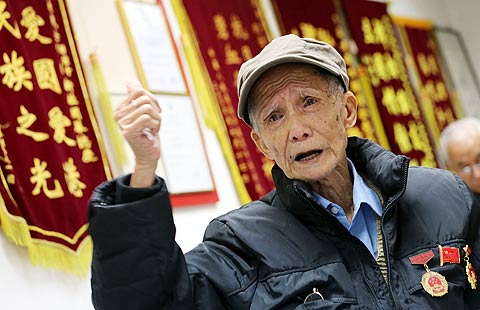
|

|
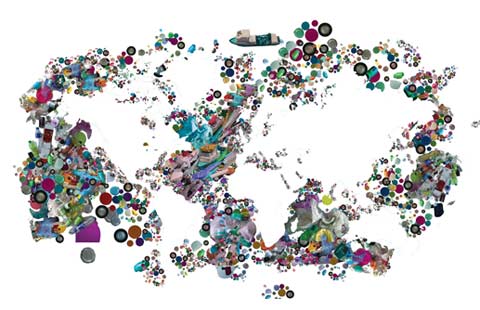
|

|




